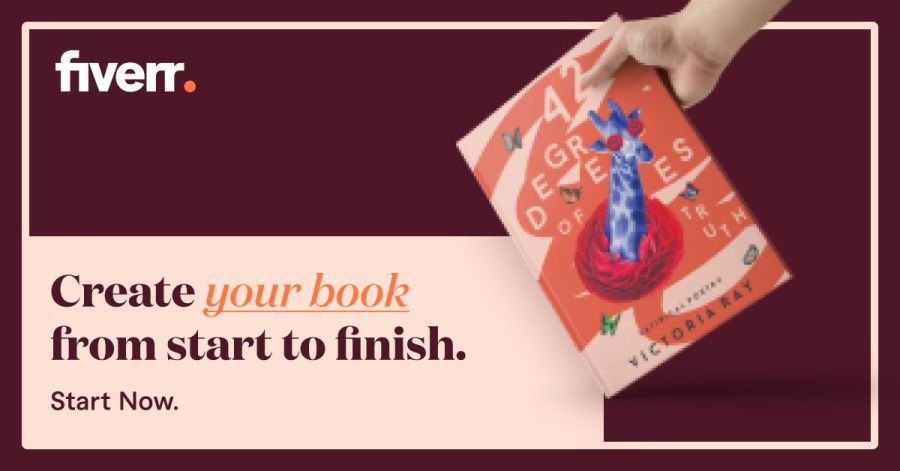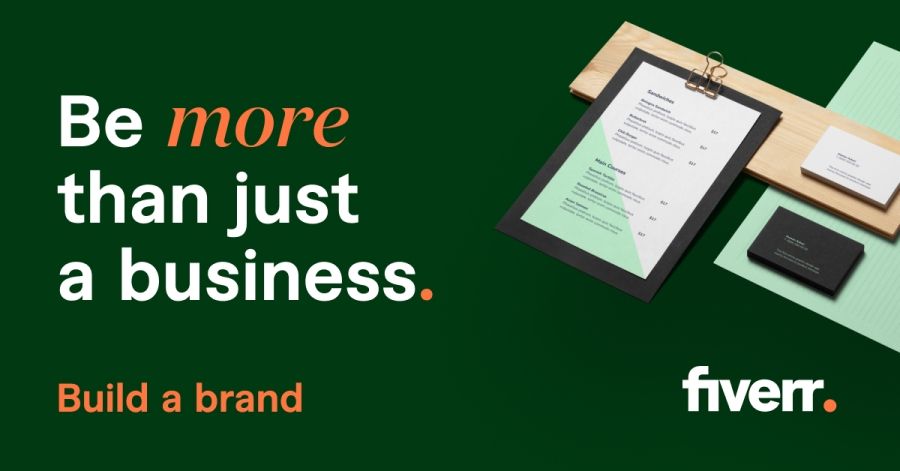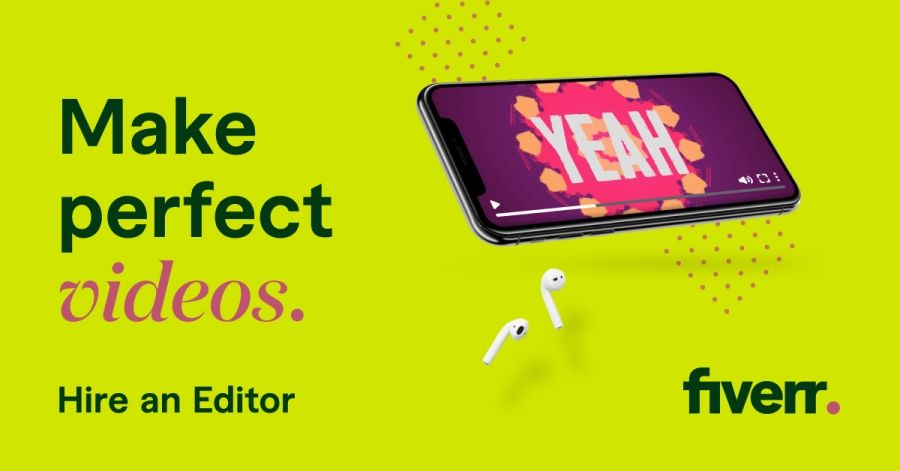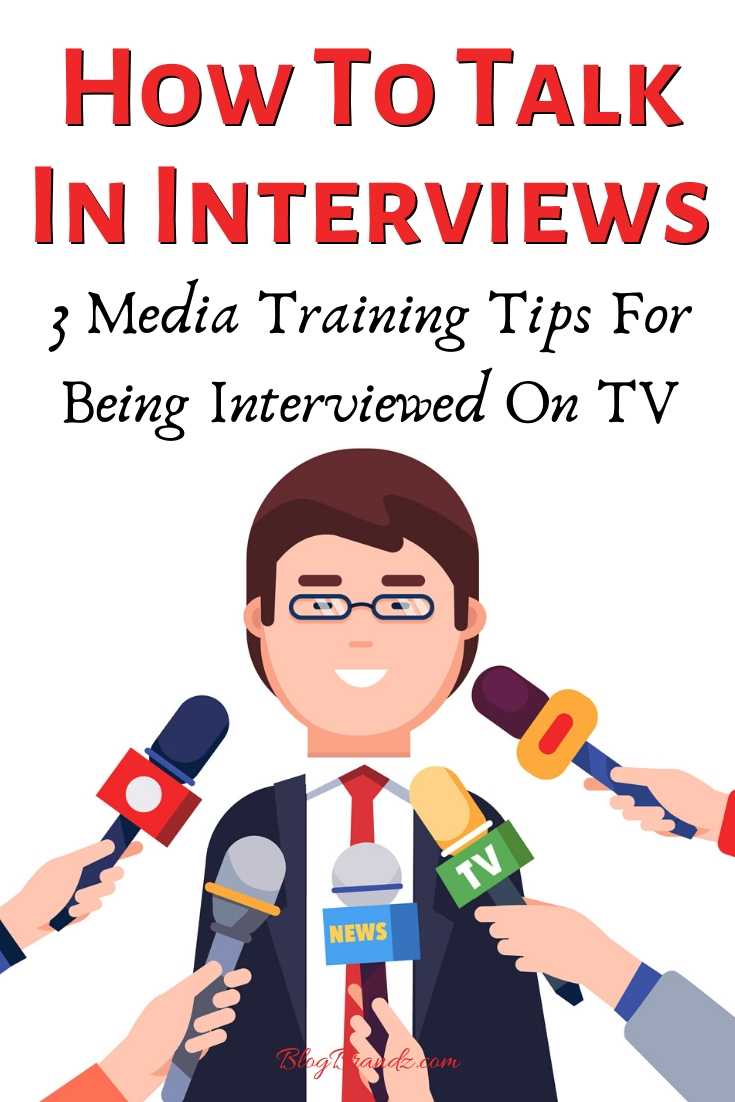
Wondering how to prepare for television interviews? In this article, Media Coach, Susan Harrow offers media training tips and interview preparation tips for being interviewed on TV. Learn how to find the right words to use in an interview to double your business.
Many people see getting on TV as a holy grail to getting publicity. Oprah was the leader in making careers overnight.
Other shows don’t necessarily have the same instant influence that Oprah had, but a four-minute segment on a major morning talk or news show can still have that magic formula effect.
While getting on TV can be a powerful way for entrepreneurs, authors, leaders, coaches, and consultants to increase their sales and grow their businesses on the spot, it can also be something of a dud if not done correctly.
Contents
3 Media Training Tips For Being Interviewed On TV
Here are three ways you can get on TV and then make your appearance count.
#1. Write a segment, not a pitch
When I work with my clients I write up a segment – exactly what you would see if you watched the show – that caters to the host’s strengths and personality.
I’ve watched the shows so I have a sense of the subject matter they like to cover and the format they prefer. I’ve read up on as much as I can to best angle my segment to the preferences of the hosts and show.
- Know the show
For you, that means that you need to be familiar with the show you’ll appear on. That’s essential.
Think of it as a job interview for your dream job. You would want to know the background of the person interviewing you, their personality and pet peeves, and their style and pacing. You would want to understand the culture of the company.
You would want to know what kind of products or services had been successful for them and the way they like those things packaged.
- Be privy to the hosts’ perspective
For Dr. Sara Gottfried, Harvard-trained integrative physician, yoga diva meets science nerd, and author of The New York Times best-selling book, The Hormone Cure, we developed a segment called, “What does every woman have in her purse that can balance her hormones naturally?” for the 10am slot on NBC’s Today show with hosts Kathie Lee and Hoda Kotb.
This segment automatically gal-appeal to women hosts and their audience, plus addresses one of the most difficult issues women deal with – cortisol, the culprit behind stress. And since the segment hasn’t aired yet I can’t tell you what those items in her purse are. (Sorry!)
- Develop your 5 points and 5 questions
From there we first found the 5 points we wanted to focus on and then reverse-engineered the questions that the hosts could ask.
Next, we crafted the women-centric visuals that would drive the segment and create interaction between the hosts and Gottfried.
- Give extra perks
Then we created a quick teaser copy (that’s what you hear when the hosts let you in on the secret of what’s upcoming so you don’t change the channel or tune out).
Finally, we chose a special report for a website giveaway. TV producers want to drive website traffic to their website, not yours. So their audience goes to their site for the “extras” and then can jump to the guests’ website from there.
Extras can be anything that takes you deeper into a guest’s work and the world: a book excerpt, a recipe, an infographic, or an audio or video clip.
- Integrate stories into the conversation that bring you into business
After that, we honed each example down to a 20-second or so response that included a story or vignette of how Gottfried wanted her business to grow.
Since she has an online community and courses one of our examples included a success story about women in her courses.
It seems like a “duh” moment, but most TV guests must forget first — especially under the pressure of hot lights and a tight timeframe.
By using specific success story examples you drive the kind of business, partnerships, experiences, and sales you want directly to you.
- Be natural and engaging
This is pretty much rule number one: You must mention the kind of business you want in an example in order to increase it.
The hard part is that it needs to be integrated seamlessly into the conversation in a natural and engaging way that is totally on target with your point.
- Practice your sound bites
That’s where lots of practice comes in and it’s where I spend the majority of time with my clients — role-playing the entire segment in different ways so they can speak their sound bites smoothly and don’t crumble under pressure or slip up when surprised.
If you don’t have this element down pat, then you’re not getting the full value of your media appearances. In other words, you’re losing, business, sales, experiences, and opportunities that you may never get again.
- Time your sound bites
Once we completed the segment I pulled out my timer set it for four minutes and raced through in real-time so Gottfried could manage her own time and get a sense of the pacing.
I played the part of the chatty hosts, complete with interjections and comments to make sure that Gottfried could stay on message even if the hosts weren’t asking the exact questions we prepared.
- Package your program
By creating this segment ourselves and not waiting for the producers to tell us what they envision we invite them to take advantage of our ideas. We’ve done the work for the producers.
We get a segment in which we’ve prepared the package we want to be presented, shaped the perception of our business, book, produce, service, or cause, strategically outlined the presentation of our information, and do it all in a lively and entertaining way which delights the audience and the hosts and producers.
The result: great segment, media-trained guest, good ratings, engaged audience, happy hosts, thrilled client. Everyone ends up winning.
#2. Post a demo interview on your website
National TV show producers need to make sure that you’re mediagenic.
They want to see that you know how to dress, handle yourself in a tight time frame, entertain, enlighten, and inform in 10-20 second sound bites – all while being completely natural and engaging.
You want to have an example of you interacting in a TV interview or a mock one so you can pass the pre-audition and then move on to the actual audition.
It’s OK to create a mock one if you haven’t yet done any media appearances. If a producer sees that you’re capable and lively then they’ll most likely move forward to the next step – the audition.
- Create a sizzle reel
Later, when you have a series of interviews you can cut them together into a sizzle reel so producers can see clips of the best of the best and get the total picture of your capabilities.
- Help shape the show
Typically the process works like this: a producer and publicist discuss some topics and story angles and then the producer gets on the phone with the client so they can hear the kind of responses the “potential media guest” (you) will give and to bat around ideas and shape the show.
You have to be fluid with your topic and think like a producer in helping to lay out a visually dramatic, fast-paced, enthralling show.
#3. Be a great guest
Now you’re on the show. Waiting in the green room. Sitting in the chairs across from the hosts. Hot lights. Count down. You’re on camera…
Gulp!
- Review your notes
Even though we had practiced for hours, and this wasn’t his first media tour, one of my clients, a New York Times best-selling author said, “Susan, everything you taught me went to hell in a hand-basket as soon as the interview began.”
I told him that he could keep his notes handy and glance down at them when needed. Especially when quoting breaking news statistics.
You’ll often see experts bringing their notes onto panel discussions on news shows or when they are commenting on current events.
It’s quite common for your brain to fritz out. A combination of anxiety, nerves, jitters, and being in an unfamiliar and foreign setting can upset your internal applecart in the blink of an eye.
- Calm your nerves
When I media trained my author-client on-camera I taught him some relaxation exercises to practice that involved both movement and breathing.
The keyword here is practice. A lot of it. Before you contact the media. Before you get the call.
- Practice on video
I highly recommend that you turn on that video camera, pull out a kitchen timer, and have a friend or media trainer run you through the questions you’ve created so you can answer them in your sleep.
That way you’ll get used to the sensation of being videotaped and it won’t seem as foreign once you’re in a studio.
Of course, the TV studio cameras are much bigger than your compact camera and the very setting itself can be intimidating. Really intimidating.
- Relax and settle
Once you’re on camera you don’t want to be thinking about what you’re going to say next. You want to relax, be in the moment, create connections, and tell your audience what you want them to feel and remember.
Not easy, I know.
- Feel my support and guidance
In the next big interview, my “hell in a handbasket” client told me, “I had you in my head the entire time.” So he could keep his cool and stay true to his message. Did he do it perfectly? No.
Did he tell stories that had emotion and dignity that brought tears to my eyes? Yes. Did he remember everything he was supposed to cover? No.
- Self assess
But every interview is a process. And I suggest that after every media appearance, you ask yourself two questions.
- What did I do well that I want to keep?
- What would I have done differently?
Then in the very next media interview, you incorporate both of those things. Knowing that someone believes in you gives you a solid foundation and confidence you didn’t know you had.
- Discuss your success
The way you double or triple your business during an interview is by doing three things.
- Talking about successes you’ve had through your clients. This is how you avoid bragging. It’s about them, not you.
- Addressing the needs of your audience by telling a story that relates directly to a deep longing or something practical they want.
- Being human and authentic while sharing a personal story or accomplishment that is meaningful to you creates emotion, connection, or curiosity.
- Process is progress
The process is everything. It’s in the doing that things shift. More to the point it’s the doing and doing and doing that creates change. After you’ve sent in that segment and when you get called for that golden opportunity to be on national TV know that preparation is key.
Now is the time to map out exactly what you’re going to say, so time it to the second, and practice until you can do it in your sleep under any circumstance being your natural, inviting, engaging self.
Then when you’re on TV your four minutes of fame will be the beginning of many more media appearances that will sustain you for a lifetime.
Media & PR Tips
- How To Write a Press Release That Gets Noticed
- How To Get Featured On CNN, ABC, And NBC For Free
- Complete Media Training MasterClass – Confidence on Camera
- On-Camera Charisma for YouTube Stars
- How to Be a Great Podcast Guest Course
- How To Overcome Speech Anxiety & Learn The Art Of Public Speaking
- Free Public Speaking Courses To Start Speaking With Confidence
- Emotional Intelligence: Master Anxiety, Fear & Emotions
- How To Be Famous & Get Recognition In Your Industry
- How to Get Published in Major Publications
© 2019 – 2024, Susan Harrow. All rights reserved.
Susan Harrow’s clients have appeared on Oprah, 60 Minutes, Good Morning America, Larry King Live, and national radio, TV and print. Do you want to become a thought leader and beloved media guest? Get private media training and workshops for individuals, companies, organizations, and groups.
Discover more from Business & Branding Tips
Subscribe to get the latest posts sent to your email.






